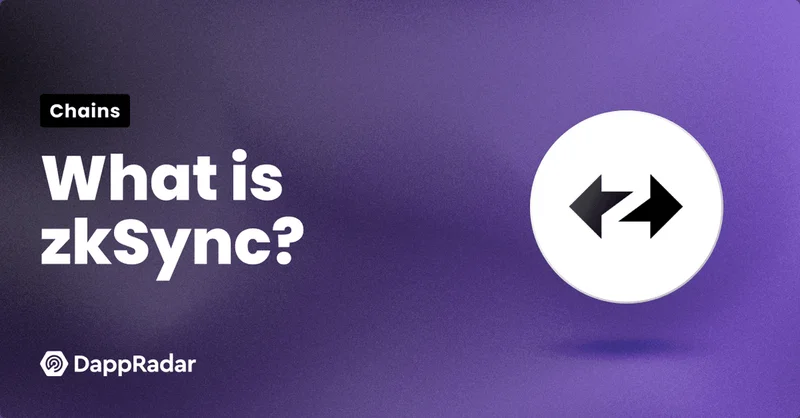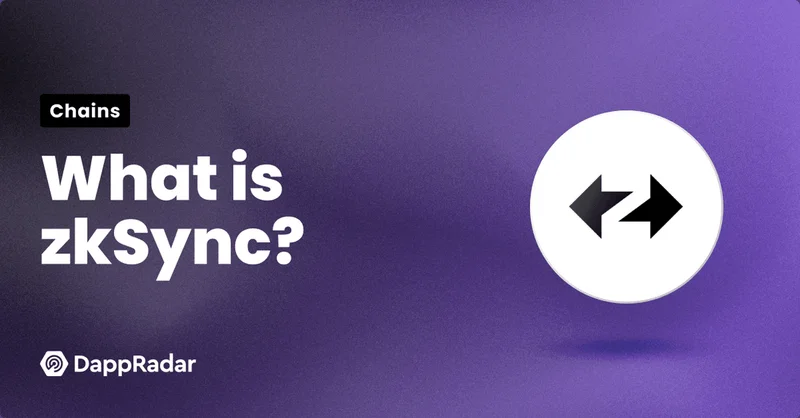Article Directory
So, the crypto god has spoken.
Vitalik Buterin, the guy whose every utterance is treated like a stone tablet carried down from Mount Sinai, decided to bless ZKsync with a tweet. He called their work "underrated and valuable." And just like that, the entire crypto-sphere collectively lost its mind. You can almost hear the sound of a thousand influencers scrambling to make a YouTube video with a thumbnail of their face, mouth agape, next to Vitalik's profile picture.
Let's be real. In this industry, a casual compliment from Buterin is worth more than a Super Bowl ad. It’s the ultimate validation, the signal that a project has officially "made it." But my first thought wasn't "Wow, this is huge for ZKsync." It was, "Why now?" Why is ZKsync suddenly the "underrated" darling? Weren't they always just one of the many horses in the Layer-2 race? It feels less like a spontaneous observation and more like a king subtly pointing his scepter at the courtier he currently favors. And we all know how quickly that favor can change.
Drowning in Alphabet Soup, Searching for a Point
Okay, let's cut through the marketing fluff and the technical jargon they're throwing around. "ZKsync Atlas." "15,000 TPS." "One-second finality." These are just numbers designed to make your eyes glaze over and nod in agreement. They might as well be saying it runs on "quantum-infused synergy." The big headline number—15,000 transactions per second—is impressive, offcourse. But we've been chasing TPS metrics for a decade, and it's never been the thing that brings in the masses.
The real meat of this "Atlas" upgrade, if you can dig it out from under the pile of buzzwords, is this idea of turning Ethereum into a "real-time liquidity hub." This is actually a big deal. No, 'big deal' doesn't cover it—this is a fundamental rewiring of how Layer-2s are supposed to work.
Think of it like this: until now, every Layer-2 (Arbitrum, Base, Optimism, you name it) was like its own little island nation. Each one had its own central bank with its own little pile of cash (liquidity). If you wanted to send money from Arbitrum Island to ZKsync Island, you had to put your cash on a slow, rickety ferry (a bridge), hope it didn't sink, and wait for it to arrive. It was clunky, fragmented, and a security nightmare. What ZKsync is claiming with Atlas is that they’ve built a network of high-speed pneumatic tubes from every island directly to the Federal Reserve (Ethereum). No more ferries. Just instant, direct access to the big vault.

It sounds fantastic on a whiteboard. It truly does. It solves a genuine, painful problem that has plagued crypto for years. But it also raises a new, terrifying question: what happens if the pneumatic tube system springs a leak? By centralizing the reliance on Ethereum's liquidity in this new, hyper-efficient way, are we just creating a more spectacular single point of failure? We're moving from a system of a thousand potential small boat sinkings to one potential catastrophic pipeline explosion. I'm not sure which one keeps me up at night more.
The "Institutional-Grade" Mirage
And here it comes, right on schedule. The inevitable pivot to the institutional crowd. Every time a crypto project learns a new trick, the first thing they do is put on a tiny suit and tie and start talking about "institutional-grade infrastructure" and "real-world assets (RWAs)." It’s the industry's desperate plea for legitimacy. "See, Wall Street? We're serious now! We have fast settlement! Please love us!"
ZKsync is no different. They're already talking about how this one-second finality will open the doors for big money players who can't afford to wait ten minutes for a block confirmation. And sure, maybe it will. But institutions don't just care about speed. They care about predictability, regulatory clarity, and a decade-long track record of not imploding. Ethereum is still the Wild West, and slapping a faster engine on the stagecoach doesn't suddenly turn it into a bullet train.
This whole thing feels like we're building a state-of-the-art skyscraper on top of a foundation that's still settling. The tech is undeniably brilliant. The minds behind zero-knowledge proofs are some of the smartest people on the planet. But tech alone doesn't create trust. It doesn't solve the human element of scams, hacks, and pure, unadulterated greed that plagues this space. So when they talk about bringing RWAs on-chain with this new system, I just picture a tokenized deed to a skyscraper being instantly transferred to a North Korean hacker in one second instead of ten minutes. Progress, I guess...
Then again, maybe I'm just the jaded old man yelling at a cloud. Maybe this really is the breakthrough that finally makes Ethereum the global financial settlement layer it was always meant to be. But I've seen too many "next big things" come and go. I've heard the promise of "near-zero fees" right before a bull run sends gas prices to the moon. For now, this is just another chapter in the book. A promising one, for sure. But the story ain't over.
The Hype is Loud, but the Code is Quiet
So here we are. Vitalik lit the beacon, the ZKsync team is taking a well-deserved victory lap, and the market is buzzing. On paper, Atlas is a monster of an upgrade. It’s a genuine attempt to fix a core, structural weakness in the Ethereum ecosystem. But I can't shake the feeling that we're celebrating the blueprint before a single brick has been laid in the real world of chaotic, high-stakes finance. The promise is huge, but the silence of millions of users and billions of dollars actually trusting this new system is deafening. Talk is cheap, especially in crypto. The real test comes when the market punches it in the mouth. Let's see if it's still standing then.

